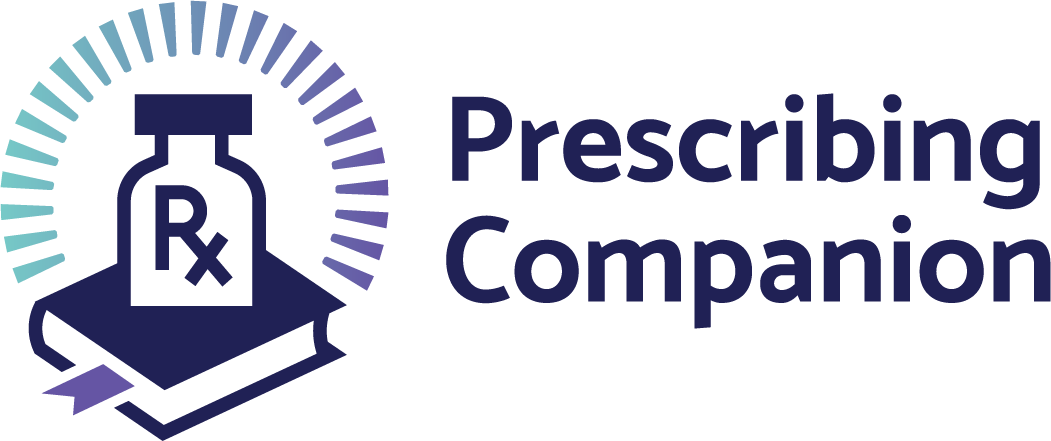Meningitis
exp date isn't null, but text field is
Clinical Description
Infection of the brain meninges. Microorganisms reach the meninges through the bloodstream or by direct extension from the ears, nasopharynx, cranial injury and congenital meningeal defects. Immunocompromised patients are at risk of infection with unusual organisms.
- Causes can be infective or non-infective (malignant meningitis, intrathecal drugs and blood following subarachnoid hemorrhage).
- Can be acute or chronic
Infective Causes
- Bacterial: Streptococcus pneumoniae, Neisseria meningitidis, Haemophilus influenza, Staphylococcus aureus, Escherichia coli (neonates), Mycobacterium tuberculosis
- Viral: Herpes simplex virus, Epstein Barr virus, Mumps
- Fungi: Cryptococcus neoformans, rarely – Candida albicans, Histoplasma capsulatum, Coccidioides immitis
Clinical FeaturesSIGNS AND SYMPTOMS
- Triad of headache, neck stiffness and fever
- Photophobia
- Vomiting
- Petechial or nonspecific blotchy, red rash (meningococcal)
- Positive Kernig’s sign
- Reduced level of consciousness, lateralizing signs, cranial nerve palsies
- Less severe cases e.g., viral meningitis may have less symptoms and signs
Complications of Meningitis
- Brain abscess
- Seizures
- Hydrocephalus
- Cranial nerve palsies
- Syndrome of inappropriate ADH secretion (SIADH)
INVESTIGATIONS
- FBC, malaria tests, urea, electrolytes and creatinine
- Random blood glucose
- HIV test (+/-CD4, urine TB LAM and serum CRAG, Focused Abdominal Sonographer in HIV (FASH) if HIV positive
- lumbar puncture (under aseptic technique)
- CXR where indicated (if bacterial or TB suspected)
Typical CSF Changes in Normal, Viral, Bacterial, Cryptococcal, and Tuberculosis Meningitis.
|
|
Normal |
Viral |
Bacterial |
Cryptococcal |
TBM |
|
Appearance |
crystal clear |
clear/turbid |
turbid/slash |
clear (high opening pressure) |
clear/cloudy |
|
Lymphocytes |
<5/mm3 |
10 - 100/mm3 |
< 50/mm3 |
10 - 100/mm3 |
0 - 300/mm3 |
|
Polymorphs |
Nil |
nil |
200 – 300/mm3 |
nil - <50/mm3 |
0 -200/mm3 |
|
Protein |
0.2 – 0.4 g/L |
0.4 – 0.8 g/L |
0.5 – 2.0 g/L |
0.4 – 1 g/L |
0.5 – 3 g/L |
|
Glucose |
2/3 – ½ blood glucose |
>½ blood glucose (low/normal) |
< ½ blood glucose |
low/normal |
< ½ blood glucose (low) |
|
Cryptoccal antigen test (CRAG) |
negative |
negative |
negative |
positive |
negative |
|
India Ink |
negative |
negative |
negative |
positive |
negative |
Cell count may be low in severely immunocompromised patients
Bacterial meningitis
- CSF is predominantly neutrophils (polymorphs)
- In partially treated bacterial meningitis, cell count may be lower or predominantly lymphocytes
- Gram stain can be used to identify some organisms
- Streptococcus pneumoniae as gram positive diplococci
- Neisseria meningitidis as gram negative diplococci
- gram negative bacilli eg Haemophilus influenzae, non-typhoidal salmonella
- gram positive bacilli – Listeria monocytogenes
TB meningitis
- Neutrophils may predominate in early TB meningitis
- AFBs are rarely seen in CSF hence their absence does not exclude the diagnosis of TB meningitis
- Gene Xert /Xpert RIF can be done on CSF
Cryptococcal meningitis
- India ink sensitivity is 60% hence negative result does not exclude cryptococcal meningitis
- CSF CRAG and culture are more sensitive and specific
TREATMENTTREATMENT OBJECTIVES
- Identify and treat the causative organisms
- Prevent complications
- Prevent spread to contacts
- Maintain good nutrition
NON-PHARMACOLOGICAL TREATMENT
- Secure the airway
- Nasogastric tube feeding if applicable
PHARMACOLOGICAL TREATMENT
Bacterial Meningitis Adult:
- Ceftriaxone 2g IV 12 hourly for 10 - 14 days
Alternatively
- Benzylpenicillin 4MU 6 hourly + Chloramphenicol 1g 6 hourly for 10 – 14 days
- Adjust antibiotic treatment as per CSF results.
- TB meningitis - treat as per Malawi TB Treatment guidelines
- Cryptococcal meningitis – refer to Cryptococcal Meningitis management in 2021 Clinical Management of HIV in Children and Adults (5th edition, 2021)
Viral Meningitis
- Herpes Simplex Virus
- Acyclovir 10mg/kg IV 8 hourly for 14 – 21 days
REFERRAL CRITERIA
Refer all patients not responding to treatment within the first 48 hours for specialist care.
Neonates
- Give Benzyl Penicillin and Gentamycin IM or IV.
- When a lumber puncture cannot be done prior to referral, this should be done as soon as possible after admission.
